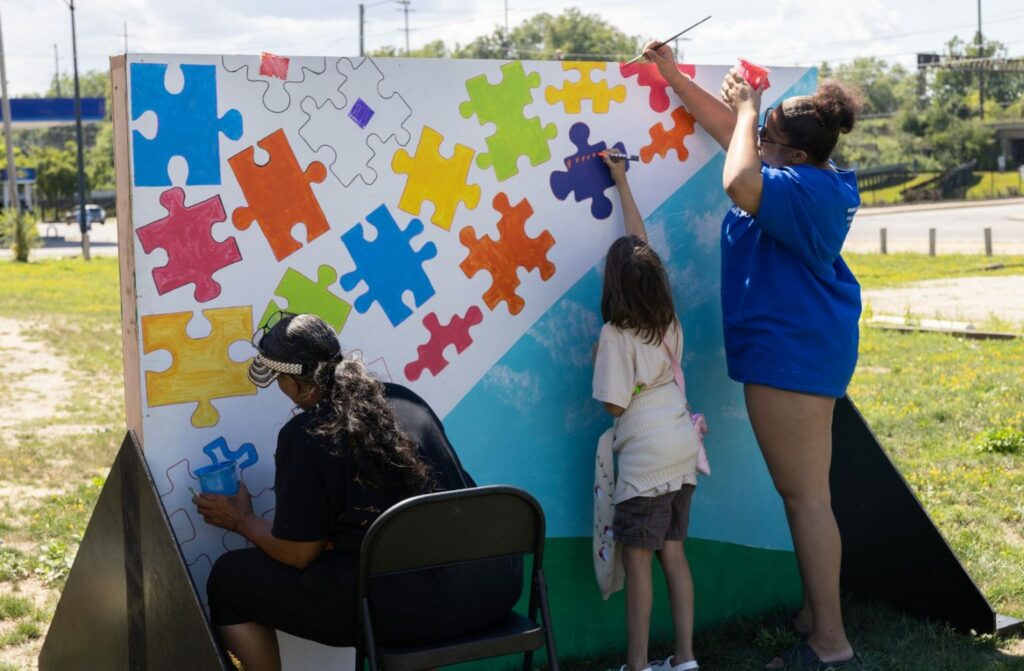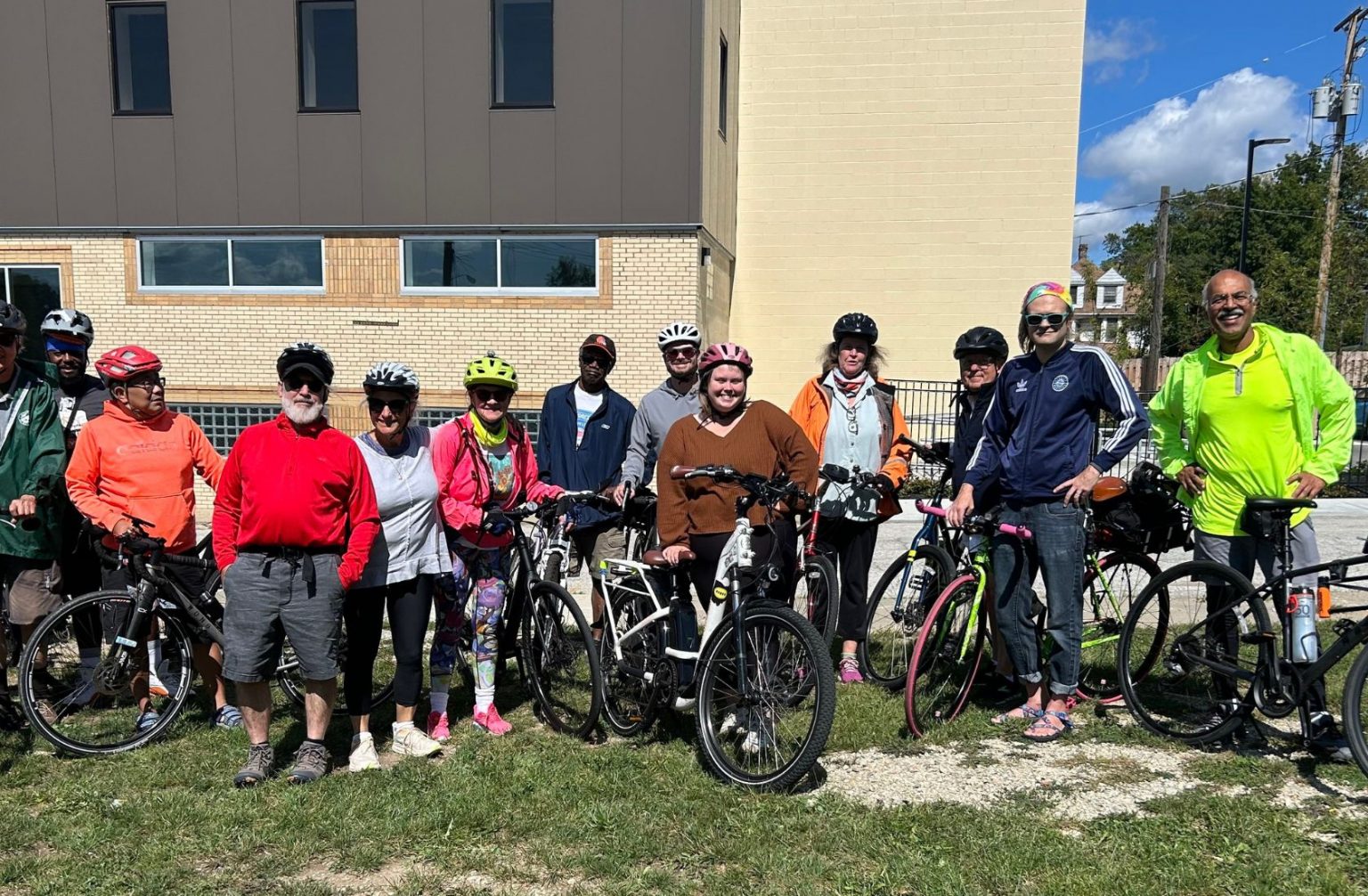East CLE Alive! Celebrates a Successful 18 Months of Community Engagement

East CLE Alive! was an 18-month program collaborative effort between Cuyahoga Land Bank, Ingenuity Cleveland, and the City of East Cleveland, aimed at bringing residents and visitors together to celebrate East Cleveland and local artistry, contributing to a renewed sense of energy and vibrancy within the neighborhood. The program was supported in part by a National Endowment for the Arts Our Town grant.
Following a significant $3.5 million renovation by the Land Bank, the newly restored Mickey’s served as the focal point for the diverse array of events, which wrapped up in December 2024.
Here are some of the highlights:
- Mix it Up: Immersed attendees in the world of music production with interactive demonstrations.
- Artist 2×2: Provided a unique opportunity to paint alongside renowned artists while learning about their creative processes.
- Butoh by the Lake: Combined movement, history and meditation with a walking tour and dance performance in Lake View Cemetery with Hope Shultz and Company and docents from Lakeview Cemetery.
- Dia de Muertos Storytelling Brunch: Celebrated Mexican culture with stories, music and delicious food with @AlmavisionCLE’s Alex Corona, Lilly Corona Moreno and Hector Castellonos of Cleveland’s annual Día de Muertos Parade.
- Lighting and Sparks Spectacular: Showcased the magic of light through demonstrations by Splendid Dimensions and activities with the Makers Alliance.
- Blacklight Roller Disco: Brought the community together for two fun-filled afternoons of roller skating with Rollin’ Buckeyez and music and lights by @iamdjiceman.
- Fun with Fungi: Explored the fascinating world of mushrooms through interactive activities led by RedHouse Architecture.
- Earth Day in EC!: Celebrated our planet with environmental education, art and exploration with Mary Kay Thomas of Rhythmic Artistry.
- Terrific Terrariums: Guided participants in creating beautiful terrariums with Plan Man Dan Meek.
- Mosaic Madness: Enabled community members to create custom mosaic steppingstones with Cleveland artist Angelica Pozo. These stepping stones will be installed later this year in the new Greenway
- Color Splash Community Day: Injected vibrant colors into the neighborhood with outdoor games, live music and mural painting with artists Dayz Whun and Robin Robinson. The murals are currently installed in front of the East Cleveland Public Library.
- Wonderful Wander Community Bike Ride: Encouraged exploration of East Cleveland with a guided bike ride by Bike Cleveland, and bike and helmet safety.
- Show Your Soul: Showcased local talent with an afternoon of poetry with @poetryfreecleveland and photography by Mary Defer.
- Seasonal Portraiture: Captured the spirit of the season with family portrait sessions by professional photographer Greg Wilson.
- Winter Wreath Workshop: Spread holiday cheer with a workshop for crafting beautiful winter wreaths with expert florist Lilith.

East CLE Alive! has proven to be a resounding success, demonstrating the power of arts and culture to bring people together and build a stronger sense of place. A heartfelt thank you to Ingenuity Cleveland, City of East Cleveland and the National Endowment for the Arts for making this program possible.